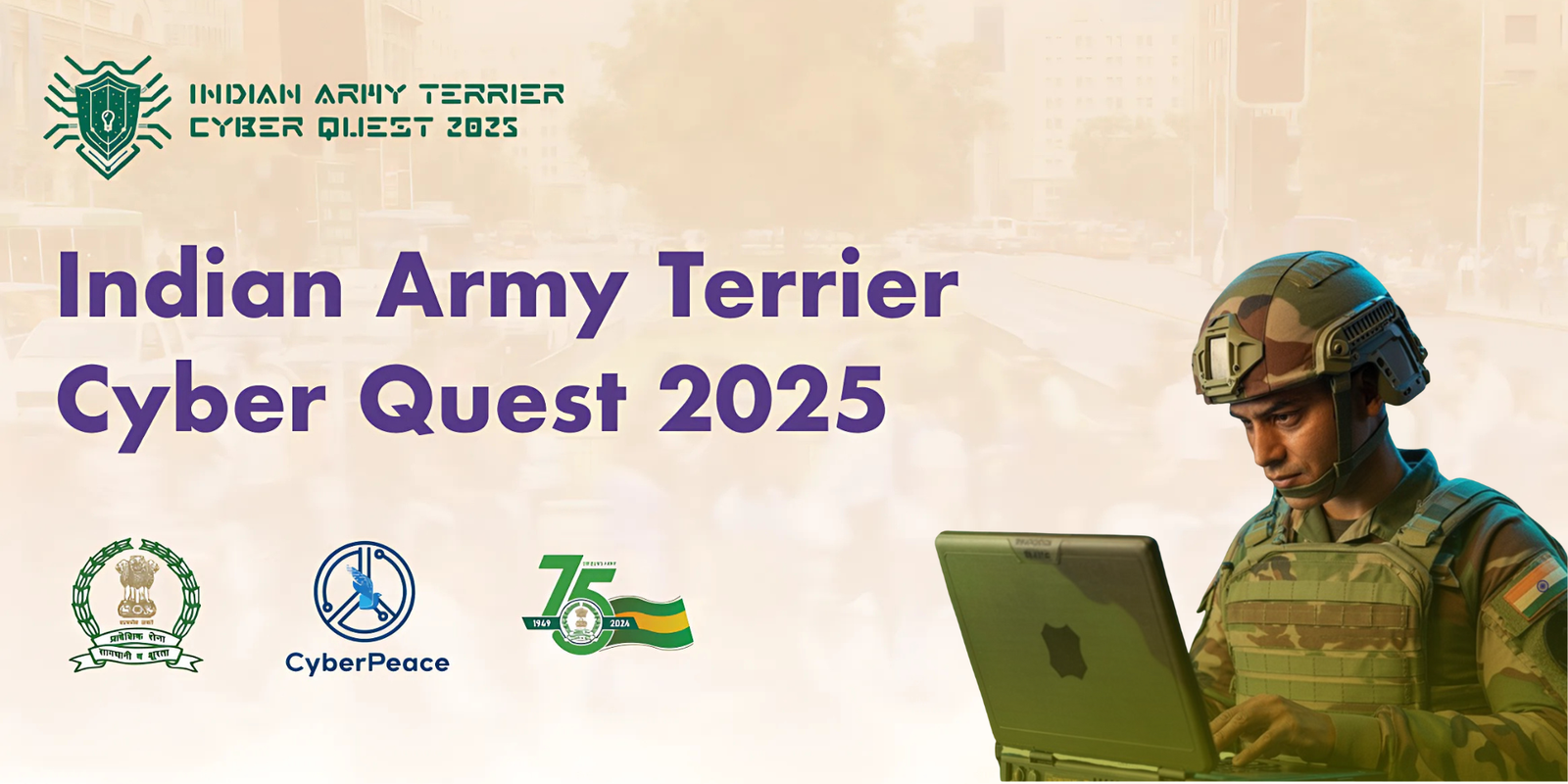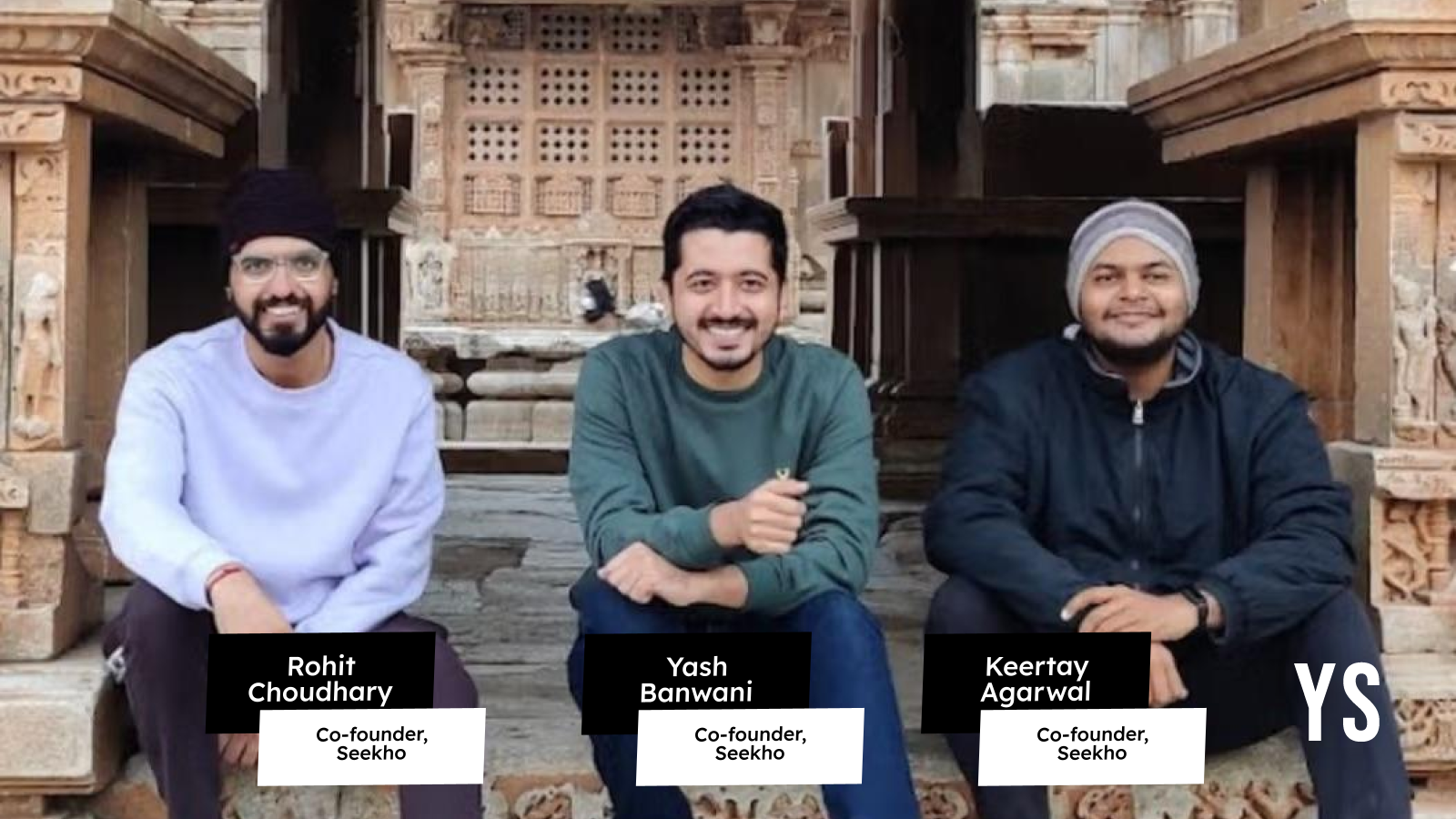AI is changing the game, but the human element still matters: Microsoft India Talent Acquisition Head


Sure, machines can screen out a lot quicker than humans, and yes, they can whittle down hundreds of thousands of CVs to the top 1% of candidates. Yet, every time an algorithm decides who makes the shortlist, we ask: “Do we have control over how it’s doing it? Is there a bias, ethics, and all? I would say no.”
That perspective comes from Daryl Pinto, India Head of Talent Acquisition at Microsoft—someone who has seen AI become a household name. Yet, he says, “we still rely on the human element.” It’s that spark of empathy, ability to understand whether someone will add to your culture—not just fit it—that no line of code can replicate.
Behind every AI-driven résumé parser and ChatGPT-polished profile sits a recruiter’s intuition. Smaller, agile firms may embrace AI’s top-three shortlists, but larger organisations remain wary, mindful of reputational risk, legal complexity, and the pace of AI’s evolution.
In India’s massive job market—where hiring has always been “both the boon and the curse”—volume makes automation inevitable, but even here, nuance matters.
Ultimately, hiring won’t be a battle between binary code and sleek dashboards. It will be a dance—balancing machine-driven speed with human judgement—because at the end of the day, technology might quicken the choices, but only people can make them matter.
“What a lot of us are doing right now, and I think it makes sense, is ensuring that we are building AI, keeping the human element at the centre of it all,” Pinto says.
In a candid conversation with YourStory during an upGrad Rekrut event, Pinto shares his perspective on how AI is reshaping talent acquisition, from automation and ethics to the importance of upskilling, expectations of Gen Zs, and the enduring value of the human touch in hiring.
Edited excerpts from the interview:
YourStory (YS): From a talent acquisition standpoint, how are things evolving with AI in the mix?
Daryl Pinto (DP): We’re still not using AI as extensively as expected. Its speed is remarkable, but many companies lag, treating it more like automation. What we now call AI was simply automation 10–15 years ago; since ChatGPT landed in every home, everything’s been lumped together.
Is it helping recruitment? Definitely, especially in a high-volume market like India. Most companies use AI to speed up screening, narrowing large pools to manageable funnels. That’s where AI is playing its biggest role.
Smaller and mid-size firms are more open to letting AI pick their top hires. Larger firms are staying cautious. AI is evolving too fast, and the ethical guardrails just haven’t caught up.
At our company, for example, we can now go through interview transcripts and decide whether this person is a good fit, but we shy away from it. We still rely on the human element. Transcripts are used to validate a judgment. But over-reliance on it, I would say, not yet.
YS: You mentioned AI bias earlier. From a large tech company’s perspective, what steps are being taken to address it and the ethical risks?
DP: As a business, we now spend more time strengthening audits, ensuring the right people come through, and not just those with polished résumés or interviews.
In today’s virtual hiring landscape, AI writes job descriptions, candidates use AI to craft résumés to match, and another tool shortlists them. It’s a strange loop.
Some tools even handle the full interview process. That’s why we review interview feedback more closely. Was the offer made on merit? Did we miss something? Did the tool select someone for the wrong reasons?
Especially in innovation-driven companies, we want people with diverse backgrounds and perspectives—it’s not about one-size-fits-all.
And honestly, AI isn’t quite there yet. It’s learning, but it still can’t judge fit: what works for Company A may not work for Company B. That’s where the human element still matters.
YS: You spoke about the human element, which will only become more important as AI advances. How do you see the relationship between AI and humans evolving?
DP: Right now, many of us approach AI with one principle in mind—keep the human element at the centre. We constantly ask: who benefits, how does it help, and what’s the business impact?
The most visible outcome so far has been widespread right-sizing across tech; whether that’s good or bad is still being debated. At the same time, there’s a strong push to upskill. We were taught to specialise; now, adaptability matters more.
We don’t have all the answers yet. But whether on the consumer or enterprise side, we are measuring impact more carefully—efficiency, outcomes, and the human quotient. AI ethics is under sharper focus, and legal collaboration is deeper than ever.
And that’s a good shift. Roles in AI, security, and compliance have grown as firms try to find the right balance. Some believe they have found it. But the “right balance” is subjective—there’s no single playbook.
Some leaders move fast and sleep well, thinking their approach works. Others are more cautious, adding a layer of restraint to how they proceed. I’m somewhere in the middle. I work in a company deeply involved in AI and disruptive tech.
I keep reminding my team: we are living in the human world. It’s very imperfect and beautiful at the same time. So, don’t lose that side of you as we enter this space.
YS: Beyond AI, are there any emerging technologies that could soon transform talent acquisition?
DP: AI is still at the centre of it all. Recently, in a conversation with friends, we discussed how AI should ultimately break down barriers. In India, the biggest barrier in hiring isn’t just socio-economic, it’s language.
Millions don’t apply to top firms because they assume, “They want English, and I don’t speak it.” That mindset limits access, but AI is changing that.
Job descriptions can now be translated into regional languages. Candidates can speak in their native tongue while listeners hear it in theirs, which makes talent more accessible on both sides.
For talent acquisition, that’s a big win. India has never lacked volume, but this is a real step toward equity, opening doors for talent that was always there, just out of reach.
YS: Many people are talking about Gen Z in the workforce and the expectations they bring. When you hire for a larger firm, does that factor into your talent acquisition strategy?
DP: I recently attended a session on Gen Z expectations, and it quickly turned into generational bashing. People complained that they don’t want to work seven days a week. I said: if someone had offered me the same salary for five days, I’d have taken it too. You can’t blame them; it’s the world they have grown up in.
I like how opinionated they are. They move for money or better opportunities, which keeps companies sharp. We no longer reject resumes over short stints, and that’s a positive shift. I also appreciate the questions they ask. Sometimes during large team meetings, they bring up things that make managers glance at each other. But it is great.
We often talk about reverse mentoring, but I never truly understood it until now. In this AI-driven world, it makes perfect sense. Gen Z was using AI tools long before ChatGPT became mainstream. They live it, we are still learning, and the only way to keep up is to learn from them.
YS: What strategies do you use to retain critical talent, especially younger employees who are highly skilled? Has your approach changed in any way?
DP: The fundamentals haven’t changed. I’ve been a recruiter for as long as I can remember, and while the tools have evolved, the basics remain the same.
Retention still comes down to answering one question: “What’s in it for me?” Whether it’s growth, compensation, or learning, if you listen and respond sincerely, you are more likely to keep good talent.
AI can support the process, but real conversations and understanding each person’s needs matter more.
With tech talent, if you can’t offer the kind of work someone wants and is capable of, they will go elsewhere.
That’s not a failure; it’s a matter of fit, not performance. Sometimes attrition happens because companies hire top talent without the right role for them.
YS: When you hire for specific AI roles or niche skills needed to build certain products or services, is it more challenging to find the right talent in the Indian job ecosystem?
DP: India is one of the biggest users of AI, but not yet a major source of disruptive AI talent. We are on the path, but not quite there.
When hiring for AI roles, we can’t rely only on big-name companies. Smaller firms often have stronger talent because they work across more tools and experiment more. So now, we cast a wider net, including companies we wouldn’t have considered five or ten years ago.
Campus hiring has also changed. We have moved beyond Tier I institutes and are recruiting from 70–80 campuses through hackathons and digital outreach, which helps uncover hidden talent that we used to miss.
That said, hiring volumes are lower than before. I hope India shifts from a volume-driven approach to focusing on specialised talent. We are in a transition, but I believe we are moving in the right direction.
YS: When you talk about casting the net wider and looking beyond Tier I cities, which emerging regions are you seeing talent come from?
DP: I often tell my team there’s no such thing as a Tier I city anymore. Many colleagues work from places where we don’t even have offices. With everything now virtual, location is no longer a barrier.
We post hackathons and job openings online and focus on performance, not geography. Earlier, we’d send teams to smaller cities to interview hundreds of candidates in person. Now, it can all be done virtually. Face-to-face still has a place, but tools now exist to hire well remotely.
YS: What advice would you give to someone starting in tech talent acquisition today, especially with AI now a key part of the landscape?
DP: First, be curious. Be open to learning, ask a ton of questions, and don’t be afraid to make mistakes—that’s the only way to learn. I tell my managers to make mistakes and learn from them. That’s how all of us grow.
For anyone entering talent acquisition, especially with all the evolving tools, remember the human element. We are living in a world where AI is moving fast. And yes, we’ll see incredible things from it. But don’t lose sight of the fact that emotion, empathy, and intuition still matter.
At the end of the day, your gut instinct plays a big role. Just make sure you don’t lose sight of that.
(Cover image designed by Nihar Apte)
Edited by Suman Singh
Discover more from News Hub
Subscribe to get the latest posts sent to your email.







